Hanfu has grown very popular today. In fact, the hanfu industry is now worth over 1 billion and has kept increasing over the years. Even today, it is still increasing. Many young and old people alike wear hanfu daily: in the streets, at school, casual wear, etc. The wearers also say that hanfu gives them a sense of national identity. However, how exactly are the intricate pieces made? There are several steps to it. First, silks and fabrics must be made. Second, embroidery and decorations must be done on the cloth. Then, tailors and hanfu makers buy the cloth and sew it. After much work, beautiful hanfu are made but let's get into detail...
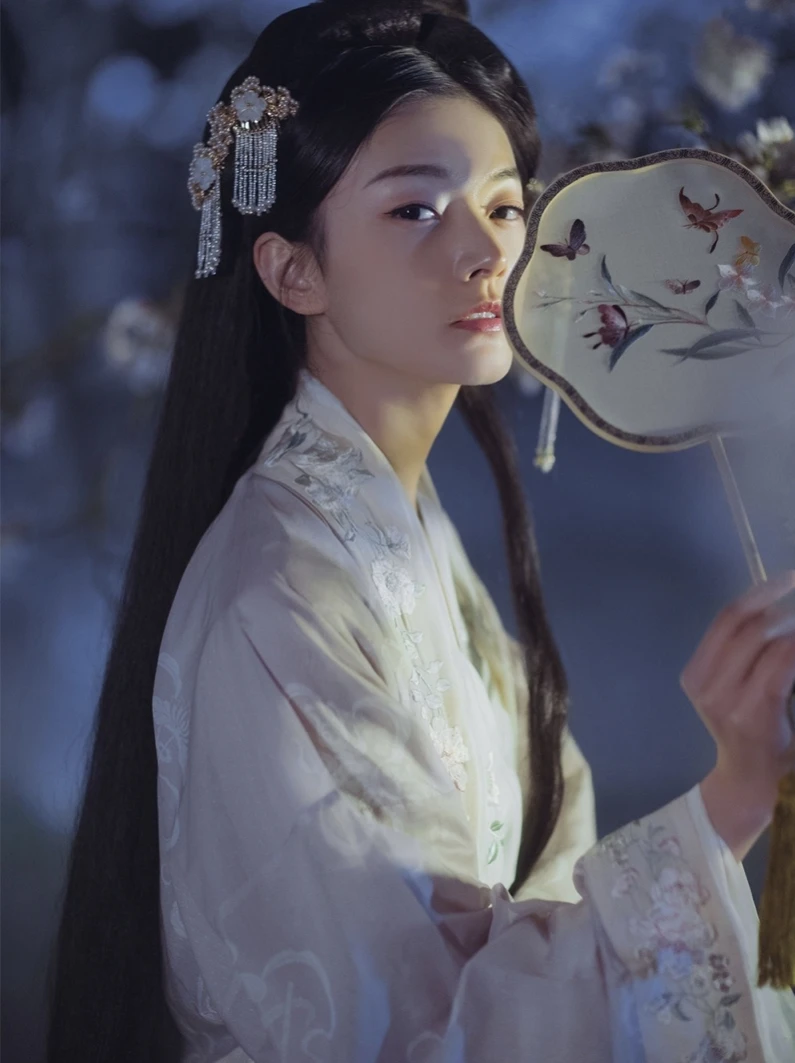
01. Silk making
1. In Chinese mythology, silk is said to be invented by Lady Hsi Ling Shih, the wife of the yellow emperor who ruled from about 3000 BC. However, written references of silk was found at the Shang dynasty site in Anyang.
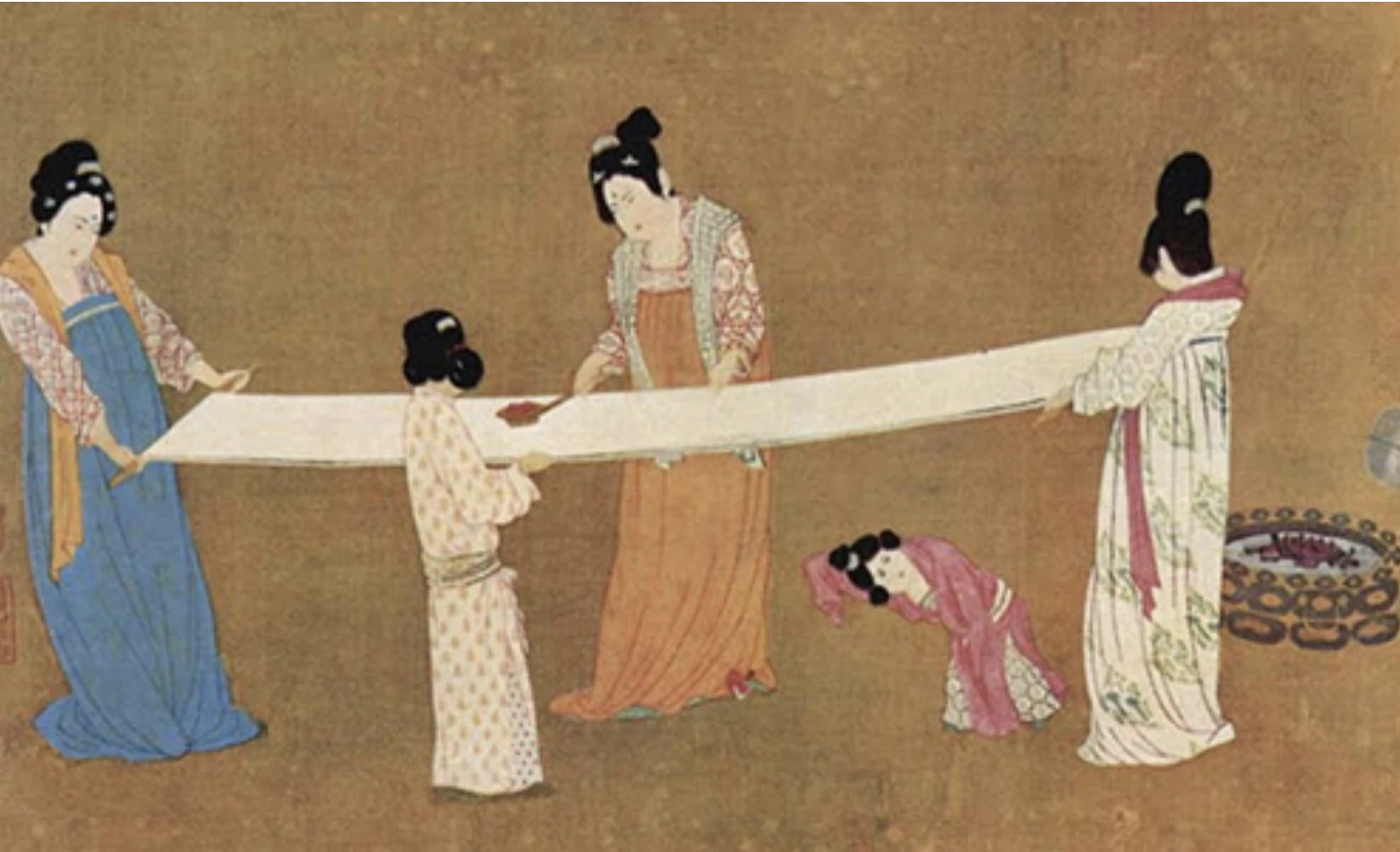
Silk was first discovered and created in China. Real silk is very valuable and is one of the most expensive fabrics in the world. There are several types of silk but the most common type is silk made from the cocoons of silkworms. Another, more precious type of silk is lotus silk. Lotus silk is made from the wet delicate strands of fiber from lotus stems. The fabric resulting from lotus silk is said to be extremely light, durable, and made for any weather.
*Above is a picture of a silkworm, a bundle of silk from its' cocoon, and its' food.
The relatively more common type of silk is spun from silkworm cocoons. Farmers and silk makers must have lots of silkworms first to make silk. They keep the silkworms in cool places and feed them leaves. Silkworms take a lot of maintaining but the result is totally worth it. After the silkworms are kept long enough to spin cocoons, the cocoons are gathered and washed. The cocoons are cut open one by one and the silk bundles are taken out. The bundles are each streched on U shaped bamboo looms. Here is the process of silk making as shown by Liziqi

02. Embroidery
Embroidery has been done for thousands of years in China. Chinese embroidery uses silk threads of different colors to paint a beautiful picture on the cloth. In ancient times, the emperor's clothes were fully embroidered with bright and lively colors. Embroidery was actually done by men at first but they discovered that women did it better. From then on, women did embroidery. In ancient times, embroidery was all hand stitched but now, embroidery can be stitched by a sewing machine but the machine stitched embroidery has lesser quality than handmade ones.
There are now four main types of Chinese embroidery: Shu embroidery, Su embroidery, Xiang embroidery, and Yue embroidery. The most popular type of Chinese embroidery is Su embroidery. This kind is made from Suzhou, Jiangsu and is one of the oldest embroidery techniques in the world. The four types have also become four schools that are designated by the government as Chinese intangible cultural heritage.
Chinese embroidery is usually done on a traditional stretcher frame made for embroidery. Multiple stitching techniques are used to create the beautiful thread paintings. Every hanfu you see also has embroidery. This kind of embroidery is truly an oriental beauty. Without embroidery, hanfu would look much more plain.
03. Making hanfu
The clothes we wear are all influenced by Western sewing techniques. Ancient techniques have almost vanished. We can find zippers, buttons, and others on our clothes, but back then, there were no such things. Clothes had to be tied with strings and straps unlike today. Clothes also had to be hand sewn which took a much longer time and required multiple people. Below are some of the hanfu patterns from this site.
Thank you for reading this article! Below are videos related to the article.



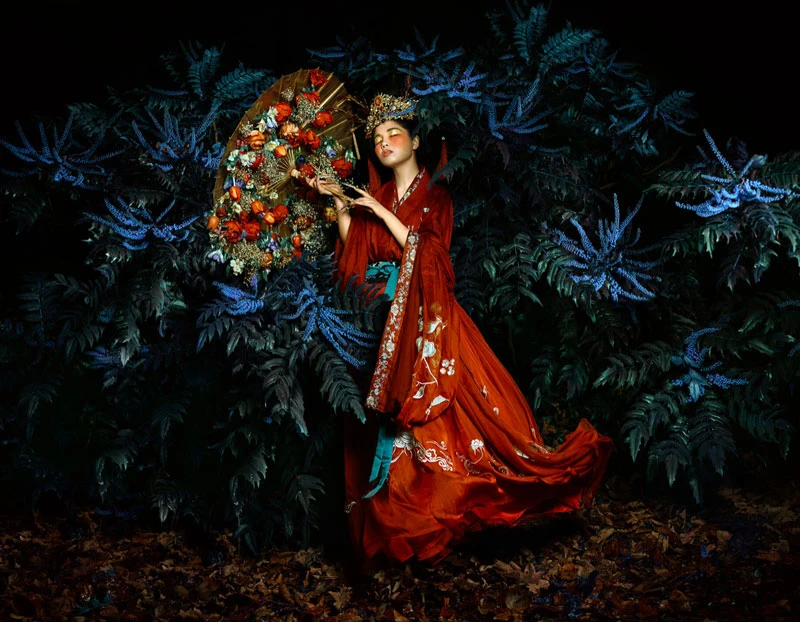
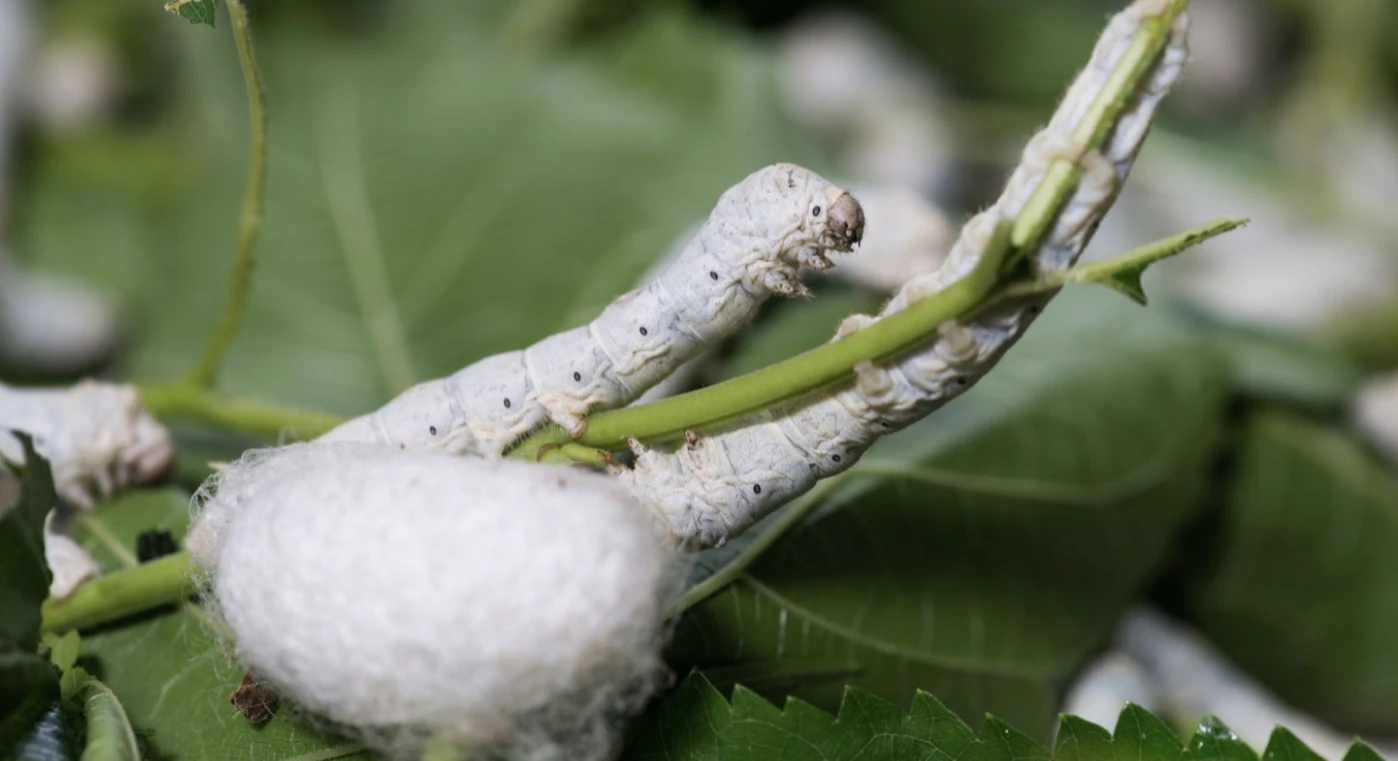
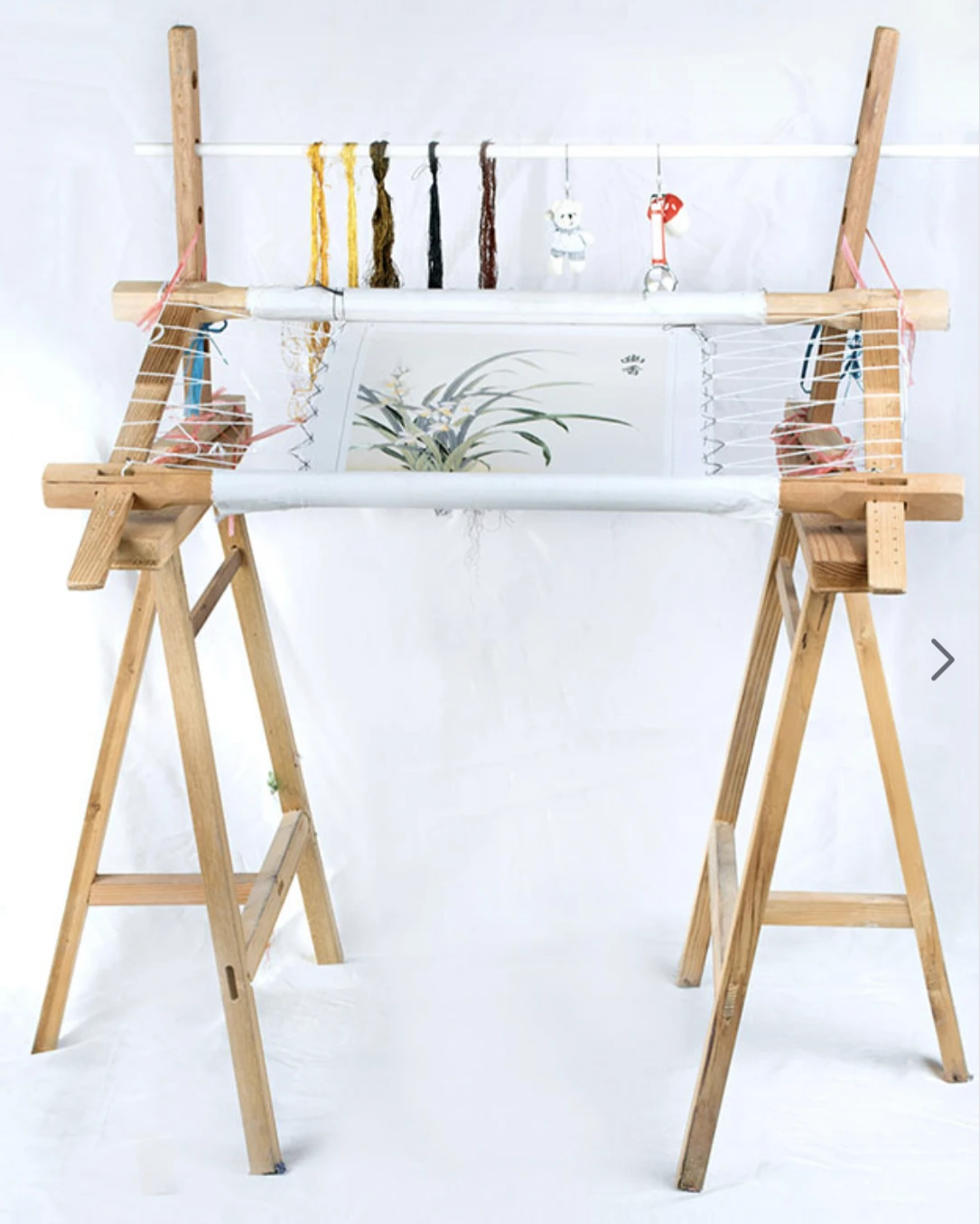
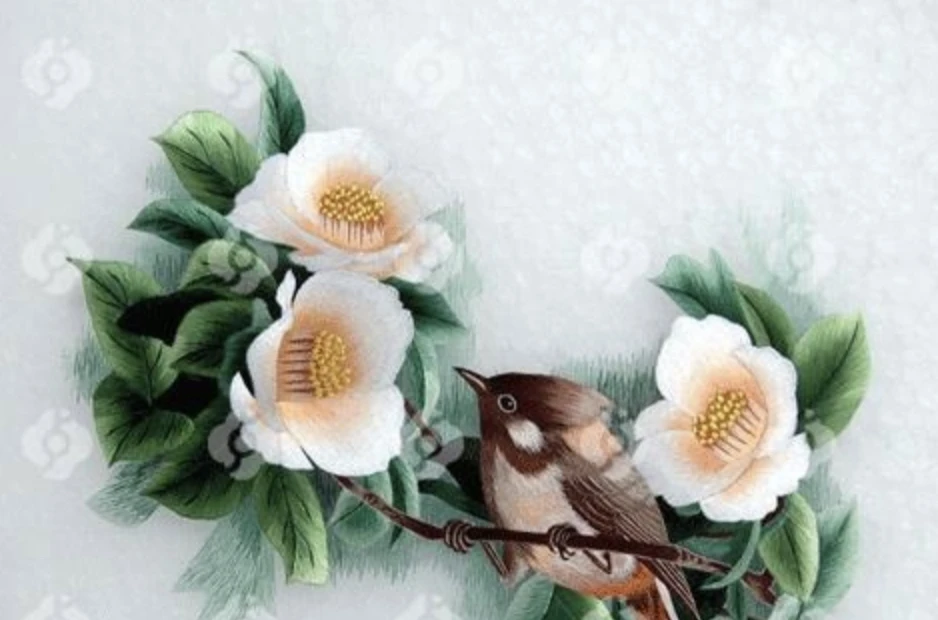
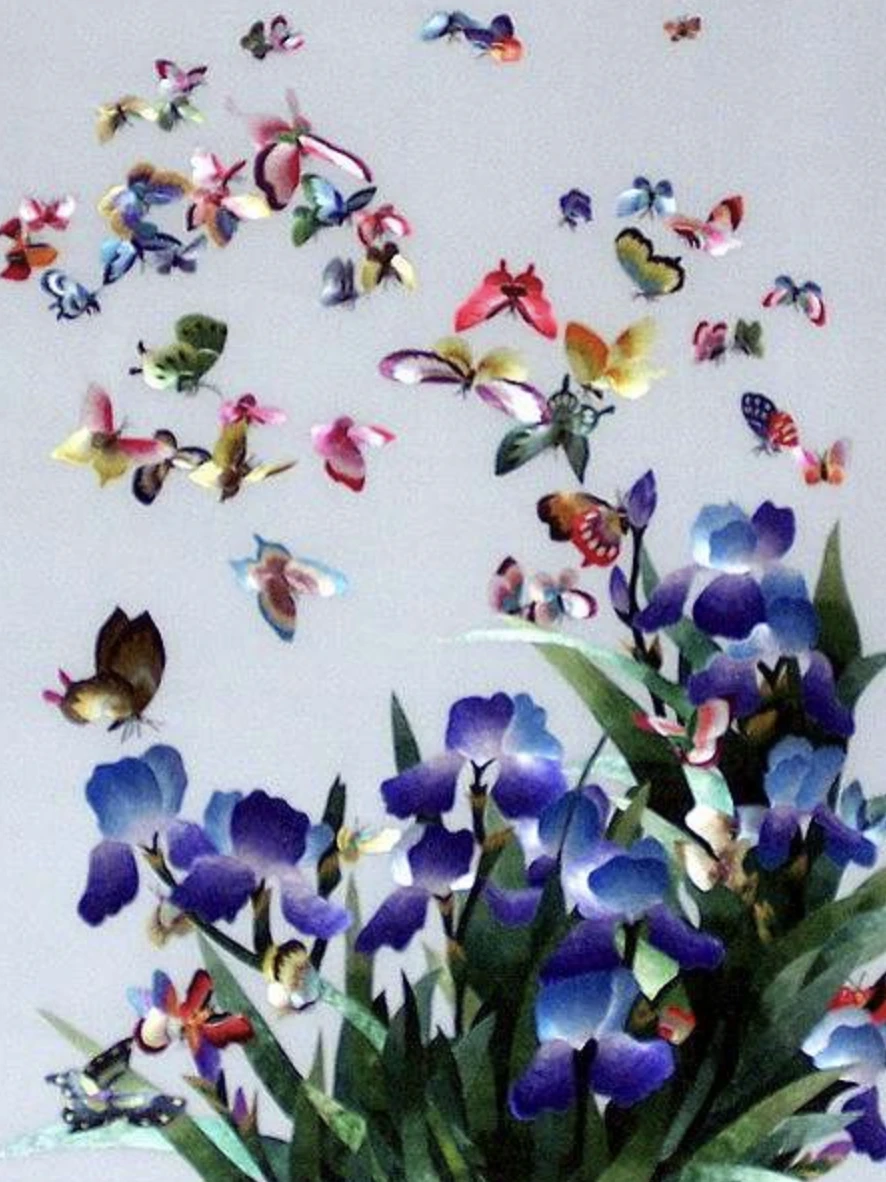
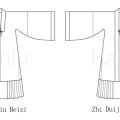
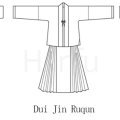


great article👍👍
Bisa jadi referensi bikin baju
I might be late but. Where do you find your resources for this? I'd like to learn more about hanfu and su embroidery, are there any good chinese only resources?
Great article!! 😊❤️
Thanks!
im new to this, and im learning so much! thank you for sharing!
Of course!